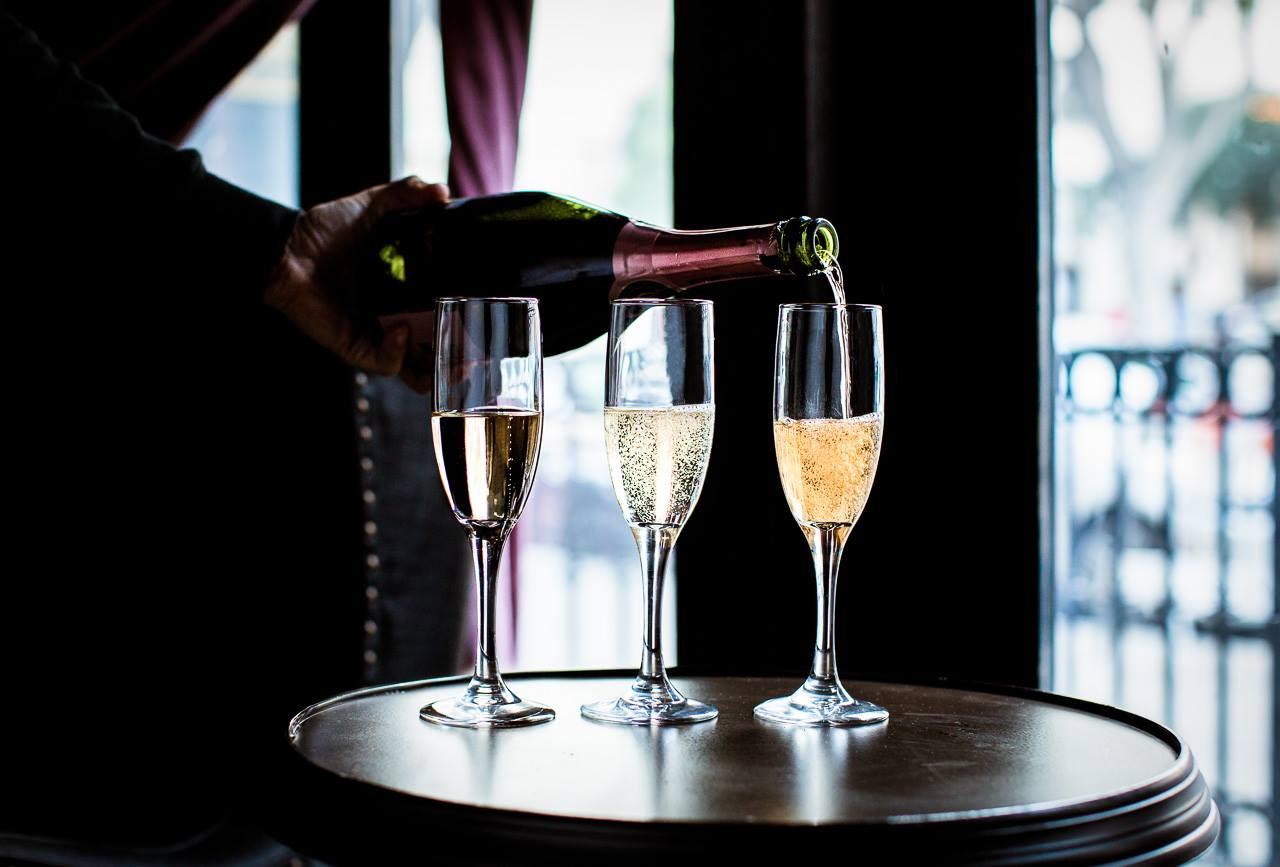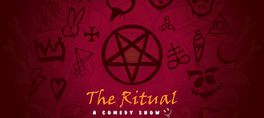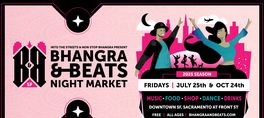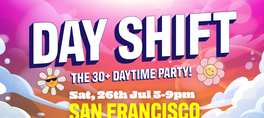You are cordially invited to join us for an exclusive Champagne & Cheese Tasting on Wednesday, August 16th. We will be featuring some champagne from our collection and pairing it with a selection of cheeses for an intimate tasting event in our Bubble Lounge. This a great opportunity for you to learn more about champagne & cheese from the people who make them.
The ticket price includes entry to the event plus unlimited champagne & cheese tastings while supplies last!
Champagne selection includes:
Cava
- Cava in Spain was modelled after Champagne in France. Cava uses mainly traditional, indigenous Spanish grapes. The most productive area for Cava, and the most renown, is in NorthEast Spain, near Barcelona, or in the area of Penedès.This Spanish bubbly undergoes the méthode champenoise, a complex process where the second fermentation takes place in the bottle, deep within the cool, underground caves that give cava its name. All Freixenet Cavas are made in the méthode champenoise and it can take up to three years from the time grapes are picked until the wine is ready for your glass!
Veuve Clicquot
- Veuve Clicquot Yellow Lable has a perfect balance between power and finesse, its complexity comes from the predominant presence of Pinot Noir and Reserve Wines. Grapes from as many as 50 to 60 different Crus are used for the blending of Yellow Label. The predominance of Pinot Noir provides the core structure of Clicquot, while a touch of Meunier rounds out the blend. Chardonnay adds the elegance and finesse essential to a perfectly balanced wine.Traditionally, the proportion of each grape variety used is 50 to 55% Pinot Noir, 15 to 20% Meunier and 28 to 33% Chardonnay. These figures vary slightly from year to year depending on conditions. The blend draws on a particularly high percentage of reserve wines originating from several harvests (usually 5 or 6): from 25 to 35%, sometimes as much as 40% to ensure the consistency of the House style. Each of these older wines - perhaps 9 years old - is kept separately to preserve the unique qualities of the vineyard and the vintage.
Taittinger Brut La Française
- Taittinger is one of the few remaining family owned and operated Champagne houses. Taittinger Brut La Française is a blend of Chardonnay, Pinot Noir and Pinot Meunier wines from at least 35 villages. The high proportion of Chardonnay (40%) is unique among fine nonvintage Champagnes. The presses are located in the vineyard for immediate pressing of the fruit after the manual harvest, and the resulting must is cold fermented under temperature-controlled conditions. The aging of Brut La Française on the lees for almost 4 years more than doubles the legal minimum of 15 months. This extra time in the cellars allows the wine to reach the peak of aromatic maturity, and the result is a delicately balanced Champagne, known for its consistently excellent quality. Brut La Française has a subtle, pale gold color with fine, persistent bubbles. It is delicate, with aromas of peach, white flowers, vanilla pod, and brioche on the nose and flavors of fresh fruit and honey on the palate.
Schramsberg Rose
- Schramsberg Brut Rosé is flavorful, complex and dry, making it both versatile with food and delicious by itself as an apéritif. The character of the wine is most strongly influenced by bright, flavorful Pinot Noir grown in Carneros, Anderson Valley, and the Sonoma and Marin coastal areas. A few small lots of Pinot Noir are fermented in contact with their skins to add depth and subtle color to this unique sparkling wine. Chardonnay gives spice, structure and length on the palate. Hand picking, careful handling and gentle pressing produce a wine of delicacy, free of skin and seed tannin. Following the fall harvest and base winemaking period, an extensive process of blending trial and refinement is carried out in the spring. The finished blend is aged on the yeast in the bottle for about two years, just enough to achieve refined effervescence and toastiness without diminishing its refreshing, vibrant appeal.
Cheese selection includes:
Brillat Savarin Affine, Triple Cream Cow
- Brillat-Savarin is a triple cream dessert cheese that was created by cheese-maker Henri Androuët in the 1930s. It is named after 19th century gastronome and epicure, Jean Anthelme Brillat-Savarin. It is an industrial cheese produced by three dairies situated in the Ile de France region. Since classified as a triple cream cheese, Brillat-Savarin has a fat content of at least 75% achieved by adding rich, luscious cream to whole milk. Young cheeses taste similar to fresh cheese but usually they are matured for about four to five weeks to develop more complex flavours. A matured Brillat-Savarin has a typical white, bloomy rind with an interior paste that is buttery-white in colour. The texture is dense, moist, and slightly chalky with enough lusciousness and creaminess for a triple cream cheese. Flavours are of butter, salt and cream with hints of mushroom, nuts and truffles. Brillat-Savarin pairs well with Pale Ale and Champagne and sometimes with a Domaine Chandon Rosé or a Viognier.
Swiss Cabra al Vino, Red Wine Cured, Aged Goat
- Cabra Al Vino is aged goat cheese and it is a classic Spanish cheese. The cheese is soaked in a red wine for 48-72 hours before beginning the aging process, which is typically 3 to 5 months. The finished cheese is delicate for goats milk, with a nice acidic tang, and a rich, creamy finish that is complimented by the subtle fruit of red wine. Beautiful on a cheese plate, and a definite crowd pleaser.
Idiazábal, Lightly Smoked, Semi Soft Sheep
- Idiazábal cheese is from Basque Country. A smoked unpasteurized sheep's milk cheese aged 8 months, it gets a deep but subtle flavor from being smoked with hawthorn and cherry wood. Traditionally Basque shepherds would keep their flocks high in the Pyrenees Mountains throughout the spring and summer. In order to preserve the cheeses in the highlands they stored them by the chimneys of their mountain shelters, where they aged and naturally smoked. This D. O. controlled raw sheep’s milk cheese is hardwood smoked, coloring the outer rind from orange to a nutty brown. The smoke gently permeates the pale beige interior. As it ages, the flavor becomes a little sharper, and can be grated.
You are cordially invited to join us for an exclusive Champagne & Cheese Tasting on Wednesday, August 16th. We will be featuring some champagne from our collection and pairing it with a selection of cheeses for an intimate tasting event in our Bubble Lounge. This a great opportunity for you to learn more about champagne & cheese from the people who make them.
The ticket price includes entry to the event plus unlimited champagne & cheese tastings while supplies last!
Champagne selection includes:
Cava
- Cava in Spain was modelled after Champagne in France. Cava uses mainly traditional, indigenous Spanish grapes. The most productive area for Cava, and the most renown, is in NorthEast Spain, near Barcelona, or in the area of Penedès.This Spanish bubbly undergoes the méthode champenoise, a complex process where the second fermentation takes place in the bottle, deep within the cool, underground caves that give cava its name. All Freixenet Cavas are made in the méthode champenoise and it can take up to three years from the time grapes are picked until the wine is ready for your glass!
Veuve Clicquot
- Veuve Clicquot Yellow Lable has a perfect balance between power and finesse, its complexity comes from the predominant presence of Pinot Noir and Reserve Wines. Grapes from as many as 50 to 60 different Crus are used for the blending of Yellow Label. The predominance of Pinot Noir provides the core structure of Clicquot, while a touch of Meunier rounds out the blend. Chardonnay adds the elegance and finesse essential to a perfectly balanced wine.Traditionally, the proportion of each grape variety used is 50 to 55% Pinot Noir, 15 to 20% Meunier and 28 to 33% Chardonnay. These figures vary slightly from year to year depending on conditions. The blend draws on a particularly high percentage of reserve wines originating from several harvests (usually 5 or 6): from 25 to 35%, sometimes as much as 40% to ensure the consistency of the House style. Each of these older wines - perhaps 9 years old - is kept separately to preserve the unique qualities of the vineyard and the vintage.
Taittinger Brut La Française
- Taittinger is one of the few remaining family owned and operated Champagne houses. Taittinger Brut La Française is a blend of Chardonnay, Pinot Noir and Pinot Meunier wines from at least 35 villages. The high proportion of Chardonnay (40%) is unique among fine nonvintage Champagnes. The presses are located in the vineyard for immediate pressing of the fruit after the manual harvest, and the resulting must is cold fermented under temperature-controlled conditions. The aging of Brut La Française on the lees for almost 4 years more than doubles the legal minimum of 15 months. This extra time in the cellars allows the wine to reach the peak of aromatic maturity, and the result is a delicately balanced Champagne, known for its consistently excellent quality. Brut La Française has a subtle, pale gold color with fine, persistent bubbles. It is delicate, with aromas of peach, white flowers, vanilla pod, and brioche on the nose and flavors of fresh fruit and honey on the palate.
Schramsberg Rose
- Schramsberg Brut Rosé is flavorful, complex and dry, making it both versatile with food and delicious by itself as an apéritif. The character of the wine is most strongly influenced by bright, flavorful Pinot Noir grown in Carneros, Anderson Valley, and the Sonoma and Marin coastal areas. A few small lots of Pinot Noir are fermented in contact with their skins to add depth and subtle color to this unique sparkling wine. Chardonnay gives spice, structure and length on the palate. Hand picking, careful handling and gentle pressing produce a wine of delicacy, free of skin and seed tannin. Following the fall harvest and base winemaking period, an extensive process of blending trial and refinement is carried out in the spring. The finished blend is aged on the yeast in the bottle for about two years, just enough to achieve refined effervescence and toastiness without diminishing its refreshing, vibrant appeal.
Cheese selection includes:
Brillat Savarin Affine, Triple Cream Cow
- Brillat-Savarin is a triple cream dessert cheese that was created by cheese-maker Henri Androuët in the 1930s. It is named after 19th century gastronome and epicure, Jean Anthelme Brillat-Savarin. It is an industrial cheese produced by three dairies situated in the Ile de France region. Since classified as a triple cream cheese, Brillat-Savarin has a fat content of at least 75% achieved by adding rich, luscious cream to whole milk. Young cheeses taste similar to fresh cheese but usually they are matured for about four to five weeks to develop more complex flavours. A matured Brillat-Savarin has a typical white, bloomy rind with an interior paste that is buttery-white in colour. The texture is dense, moist, and slightly chalky with enough lusciousness and creaminess for a triple cream cheese. Flavours are of butter, salt and cream with hints of mushroom, nuts and truffles. Brillat-Savarin pairs well with Pale Ale and Champagne and sometimes with a Domaine Chandon Rosé or a Viognier.
Swiss Cabra al Vino, Red Wine Cured, Aged Goat
- Cabra Al Vino is aged goat cheese and it is a classic Spanish cheese. The cheese is soaked in a red wine for 48-72 hours before beginning the aging process, which is typically 3 to 5 months. The finished cheese is delicate for goats milk, with a nice acidic tang, and a rich, creamy finish that is complimented by the subtle fruit of red wine. Beautiful on a cheese plate, and a definite crowd pleaser.
Idiazábal, Lightly Smoked, Semi Soft Sheep
- Idiazábal cheese is from Basque Country. A smoked unpasteurized sheep's milk cheese aged 8 months, it gets a deep but subtle flavor from being smoked with hawthorn and cherry wood. Traditionally Basque shepherds would keep their flocks high in the Pyrenees Mountains throughout the spring and summer. In order to preserve the cheeses in the highlands they stored them by the chimneys of their mountain shelters, where they aged and naturally smoked. This D. O. controlled raw sheep’s milk cheese is hardwood smoked, coloring the outer rind from orange to a nutty brown. The smoke gently permeates the pale beige interior. As it ages, the flavor becomes a little sharper, and can be grated.
show less
Category:
Date/Times:
714 Montgomery Street, San Francisco, CA 94111
The Best Events
Every Week in Your Inbox
From Our Sponsors
UPCOMING EVENTS
Great suggestion! We'll be in touch.
Event reviewed successfully.









